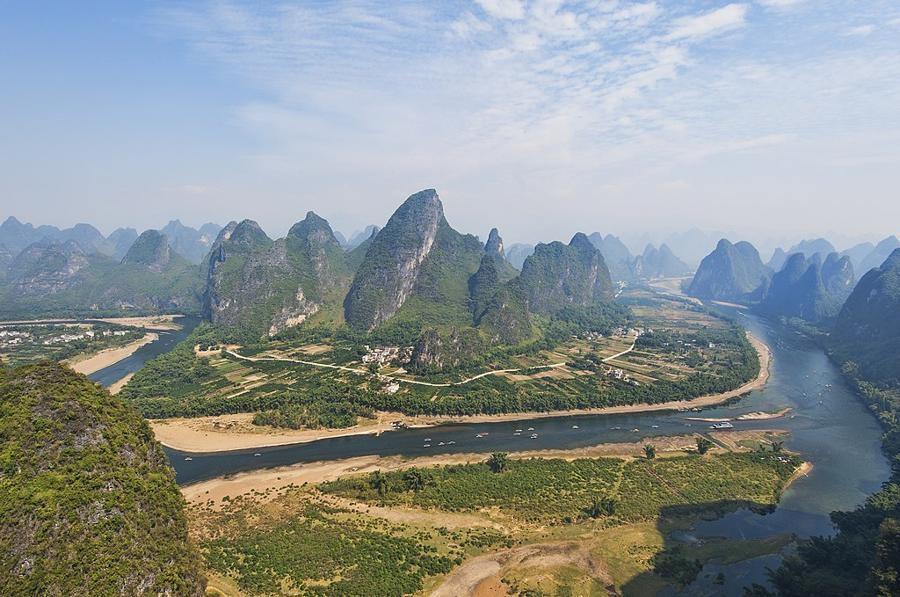
How One of China's Most Beautiful Attractions Saved Lives
by Sedona Afeworki, age 14
Where would be a good place to hide if something bad ever happened? The Guilin Hills is a place in China where many people hid during World War II and the following civil war when clashing armies turned the region into a battlefield. The hills also have a lot of caves, one of many ways they’ve played a role in Chinese history.
The Guilin Hills, which means “forest of cassia trees”, stands within the Guangxi Zhuang Autonomous Region near the Li River in southern China. The Hills are part of the “limestone region”, which spreads from south-central China to Vietnam.
Between 1949 and 1973, Guilin was closed to most sightseers while Communist forces were in power. In 1973, it was reopened, and Guilin transformed into one of China’s most beautiful attractions.
The thick layers of limestone that formed the hills accumulated under an ancient sea. After millions of years, the water levels decreased and acid rain began to erode the newly exposed rocks, forming caves. When the land rose another time, some compromised rocks collapsed and the remaining free-standing cone-shaped hills became resistant to erosion.
Limestone is a sandy or shale-like sedimentary rock made up of quartz and magnesium carbonate. It is commonly used in manufacturing, such as in cement. Calcium carbonate is a major component of most limestone. However, the acidic quantities of carbon dioxide make it capable of dissolving limestone rocks. Since groundwater and rain have carbon dioxide in them, weaker limestone is especially vulnerable to changing weather.
Limestone is a huge part of the Guilin Hills’ history because limestone created caves for people to hide in during wars. It is a beautiful place with amazing scenery and a great history to learn about.
[Source: 100 Great Wonders of the World; Webster’s ll New college Dictionary]



Loading Comments...